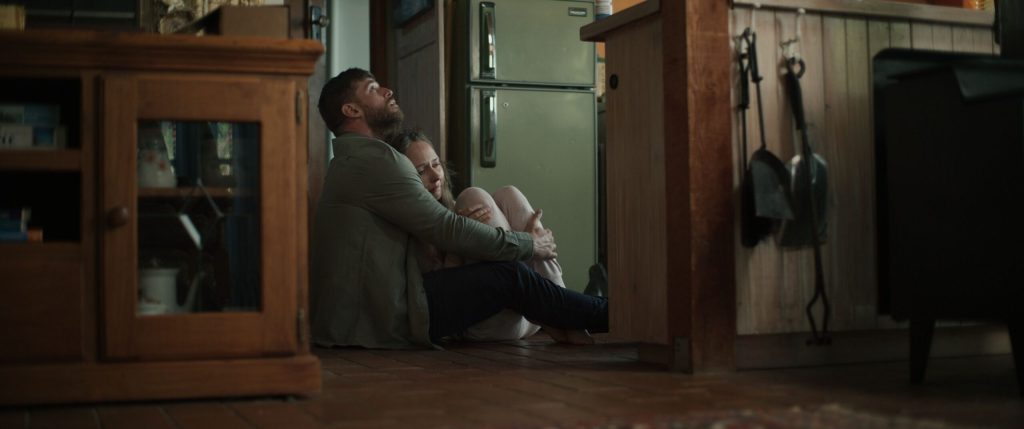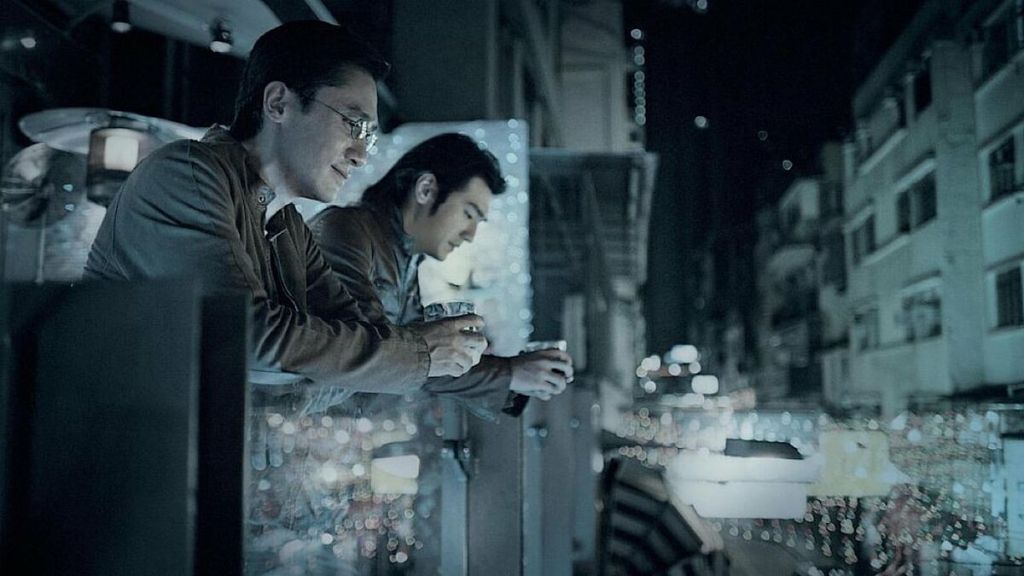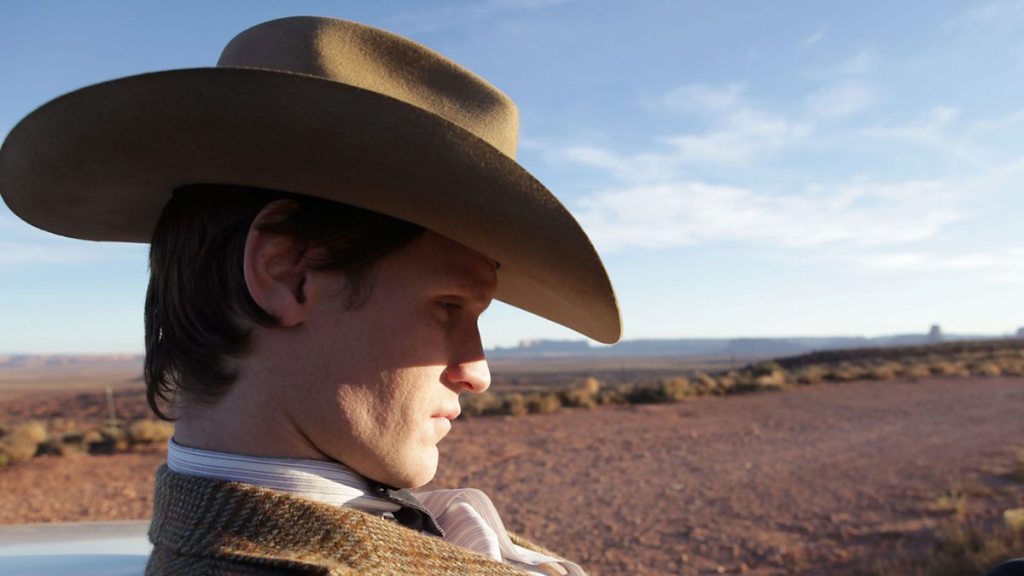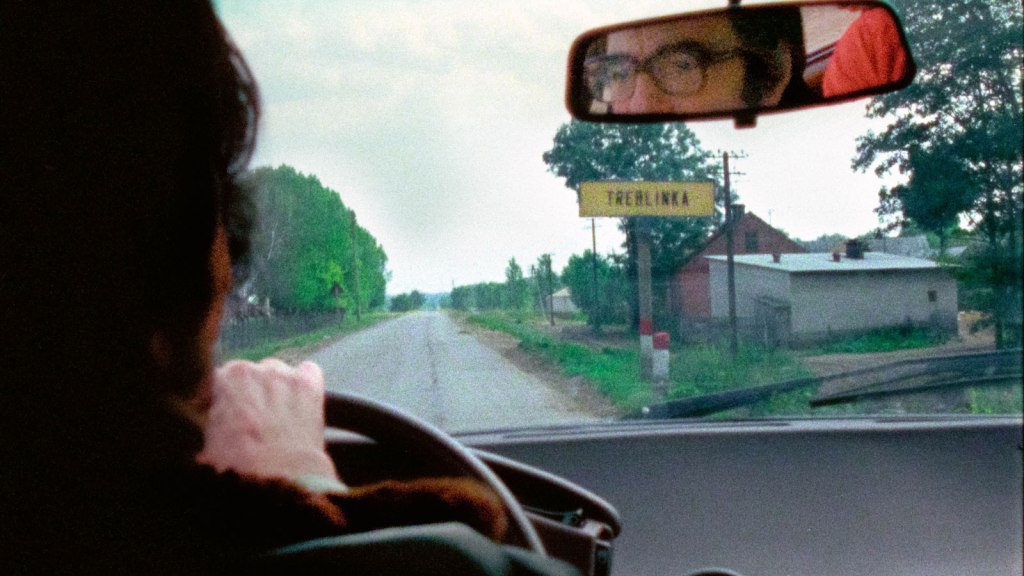Few would disagree that in recent years Australia has undergone something of a renaissance in horror and extreme cinema. Godless: The Eastfield Exorcism is a case in point. It dips into a particular genre of horror film, and infuses it with a strong Australian flavour, and then it boldly interrogates all of the tropes and traditions that make the exorcism film what it is. It would have been impressive enough for director Nick Kozakis to develop a commercially viable work of entertainment. What makes Godless such an outstanding achievement is that it is good enough to stand internationally. It contributes to its field, and presents a story unlike what audiences typically receive.
Lara (Georgia Eyers) lives in rural Australia, and experiences growing mental health problems. Her husband Ron (Dan Ewing), who belongs to a fringe religious community, worries there is something more sinister at work. Ignoring the pleas of Lara’s psychiatrist (Eliza Matengu), Ron convinces her to stop taking her medication and calls for an exorcist instead.
The exorcism movie is a popular form of screen horror, clearly thanks in large part to William Friedkin’s The Exorcist (1973) which continues to dominate the landscape. More recent film hits like James Wan’s The Conjuring (2013) and its subsequent sequels and spin-offs have actively re-ignited popular interest in the subject. Where Godless steps aside from the bulk of derivative works is in how it treats the concept of exorcism itself: it abandons fidelity to religious myth and goes with realism. It is clear that Lara is not possessed. She is mentally unwell, and being actively pushed into danger by her husband’s ill-considered choices. It is still a horror film, and an exceptional one at that: there is no telling your captors that you aren’t possessed by the devil, because of course that is precisely what someone possessed by the devil would say. It is not the supernatural that generates the horror in Godless, but superstition.
The film is tremendously sympathetic. That it sides with Lara is no surprise, but it also portrays Ron with more tragedy than monstrosity. The latter the film saves for Daniel (Tim Pocock), a frighteningly confident self-proclaimed exorcist who exists somewhere between confidence trickster and religious zealot. It is Pocock’s showy, loud performance that drives the film’s horror elements, and leads the audience to wonder just how far his attempts to ‘cure’ Lara will go. The violence gets freely confrontational, and a growing sense of dread dominates.
The film proclaims itself to be ‘inspired by true events’, but as is often the case it is a loose inspiration. More than anything else the film most resembles Hans-Christian Schmid’s Requiem (2006), which takes a similar subject matter and approach. Both films expose the real-life horror of attempted exorcisms. Both lay bare the gendered elements of the genre’s violence.
Things aren’t perfect. The film staggers quite badly in its final act. Momentum is lost when it is needed the most, and the odd casting of Australian TV stalwart John Wood as a local police officer has a jarring and parodic effect. For the benefit of non-Australian viewers, it is as if the events of The Exorcism of Emily Rose (2005) had been interrupted by Sam Waterston as his district attorney character from Law & Order. It is an unfortunately dent in an otherwise impeccable thriller. One suspects audiences unfamiliar with 1990s police drama Blue Heelers will not encounter such problems.





Leave a comment